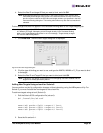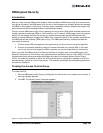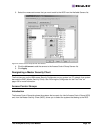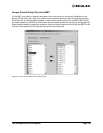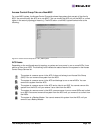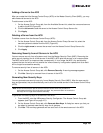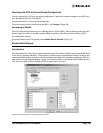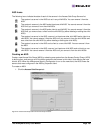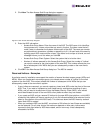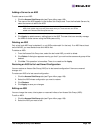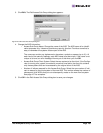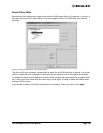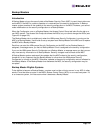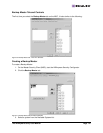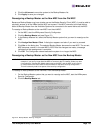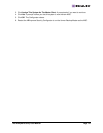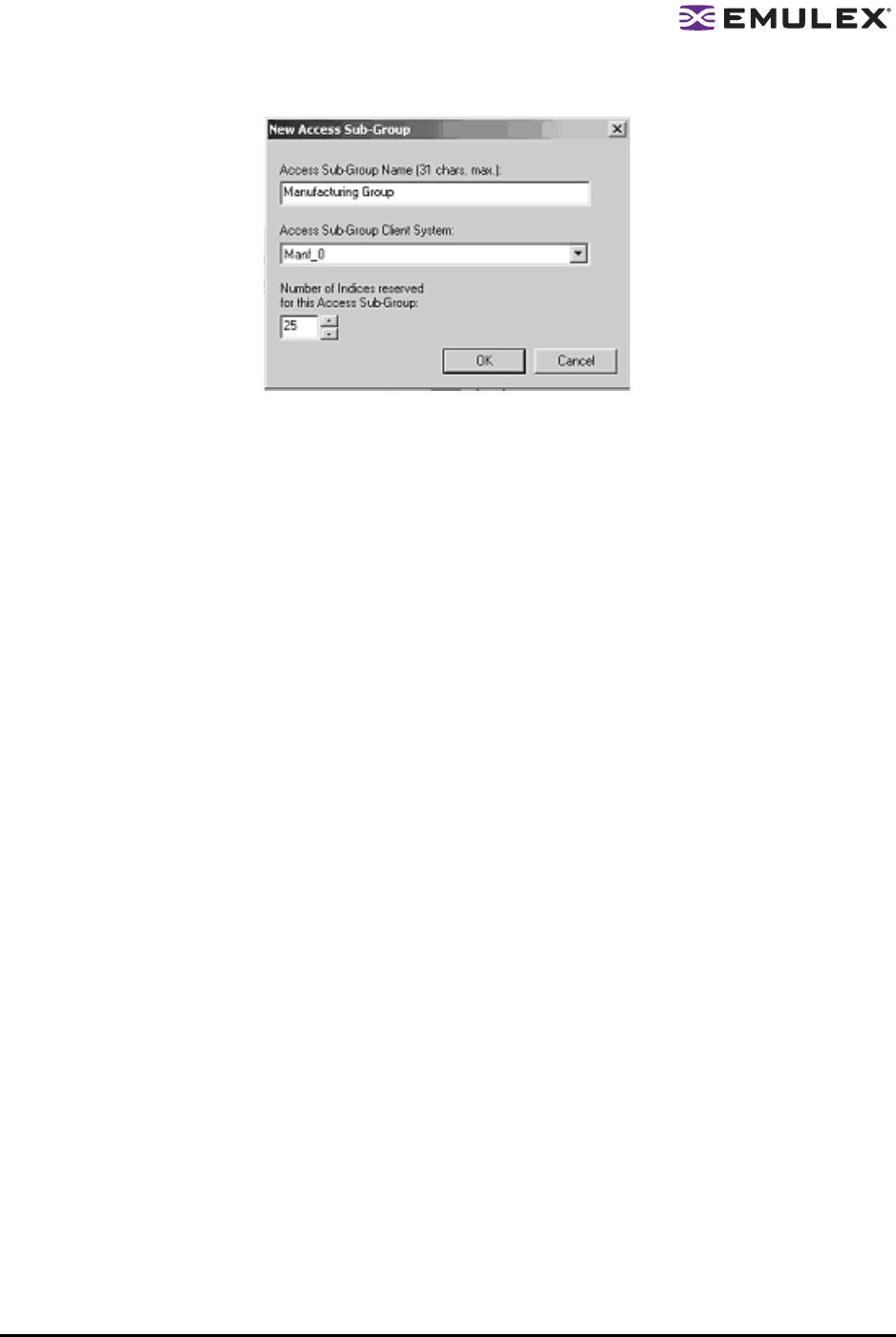
The HBAnyware Utility User Manual Page 107
2. Click New. The New Access Sub-Group dialog box appears:
Figure 47: New Access Sub-Group dialog box
3. Enter the ASG information:
• Access Sub-Group Name: Enter the name of the ASG. The ASG name is for identifica-
tion purposes only. It does not provide any security function. Provide a name that will
make it easy to remember the systems that are part of the ASG. The name can contain
any alphanumeric characters, symbols or spaces (up to 31). At each level of the security
topology, each ASG name must be unique. If the name is not unique at its level, an error
message informs you of this when you click OK.
• Access Sub-Group Client System: Select the system that is to be the client.
• Number of indices reserved for this Access Sub-Group: Select the number of 'indices'
you want to reserve for the client system of the new ASG. This number reflects the num-
ber of subsequent 'child' ASGs that you can subsequently create on the new client's
system.
4. Click OK in the New Access Sub-Group dialog box. The ASG is created.
Reserved Indices - Examples
A particular security installation can support the creation of several hundred access groups (ACGs and
ASGs). When you create each new access group, you allocate some number of 'indices' to the client
system of the new ASG. This number reflects the number of subsequent 'child' ASGs that you can
subsequently create at the new client's system.
• If zero indices are reserved, you cannot create any lower-level ASG under the client of the new
ASG. Thus, if you want to implement a multi-tiered security architecture consisting of many
ASGs, and you want to create them all from the Master Security Client (MSC), zero indices
would be allocated to each of the new ASGs client platforms when they are created.
• If you create an ASG, and you reserve 25 indices for the new ASG client platform, a child ASG
created by this platform will have a maximum of only 24 indices available to be reserved (one is
taken by the creation of the child ASG itself). This continues down the ASG hierarchy as each
lower level ASG is created.
• When you create an ASG from the MSC, a maximum of 50 indices (or less if fewer are available)
can be reserved. For all other clients, the maximum depends on how many indices were
reserved to that client when its ASG was created, and on how many it has subsequently
allocated to its ASGs.



